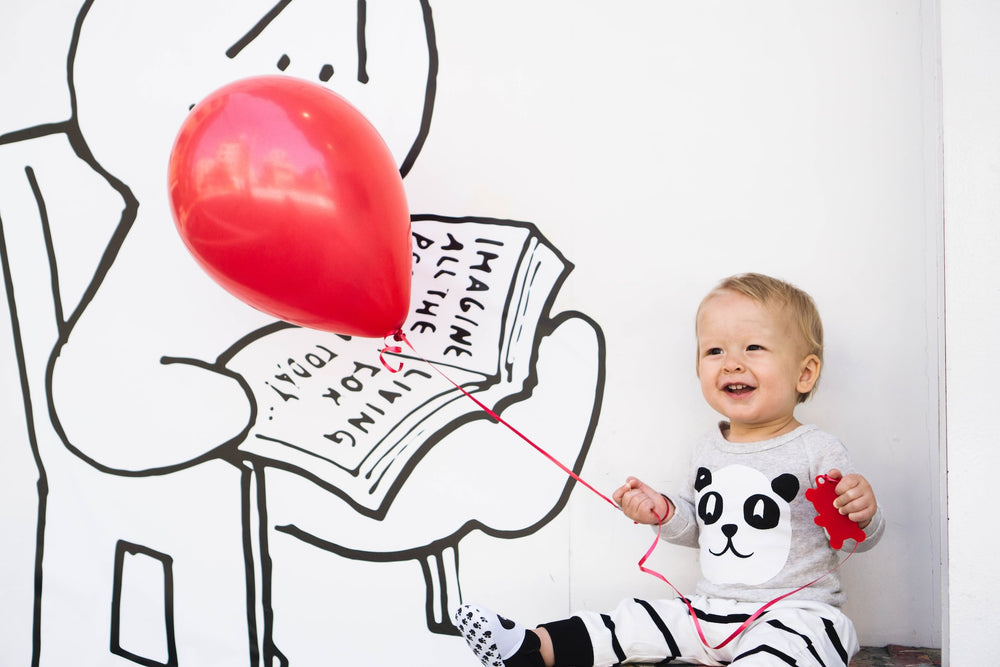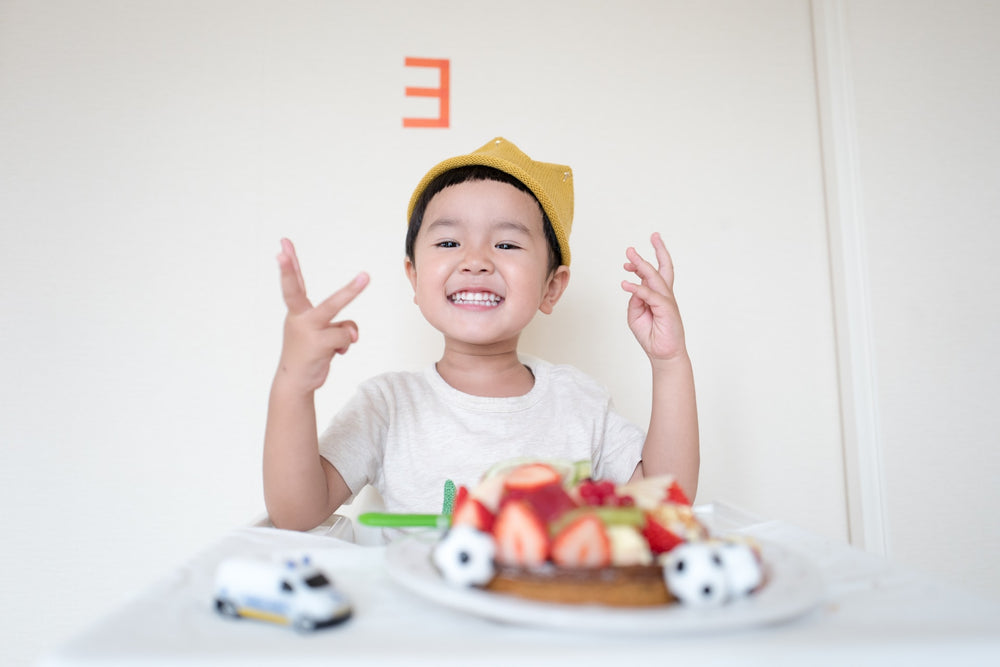Your Child’s Journey
Explore by Age
Latest Articles
-
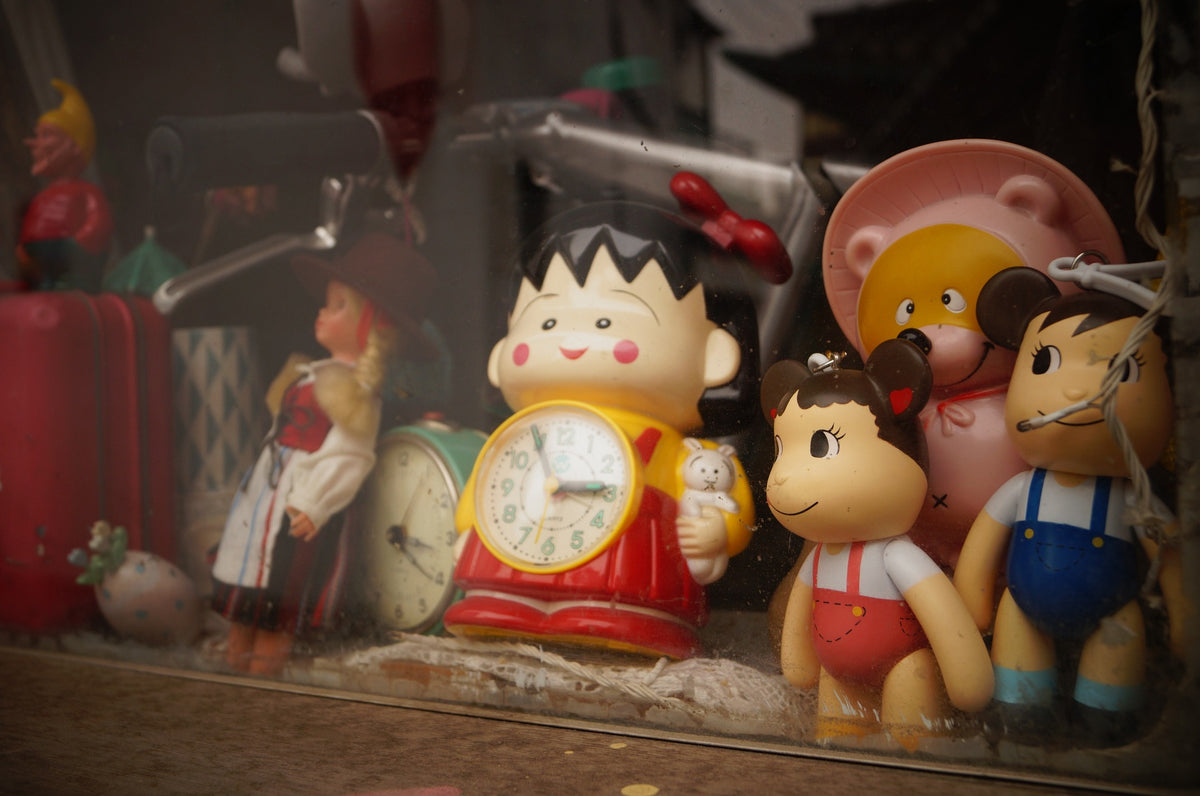
Helping Your 3-Year-Old Understand Time Concepts
The concept of time is not an easy one for very young children to understand. At 3 years of age, children will have some understanding of sequence, (ie: first we take a bath, then we clean up our room, then we have a bedtime story.) They may also have an idea of how long things take, although not necessary through measurable means. Instead, they'll know it through more vague terms like, "Driving to Grandma's takes a long time," and "Putting on my shoes takes a short time." On the other hand, understanding terms like tomorrow and yesterday can be confusing. Help your child start understanding time concepts with a few tips and tricks!
read more -
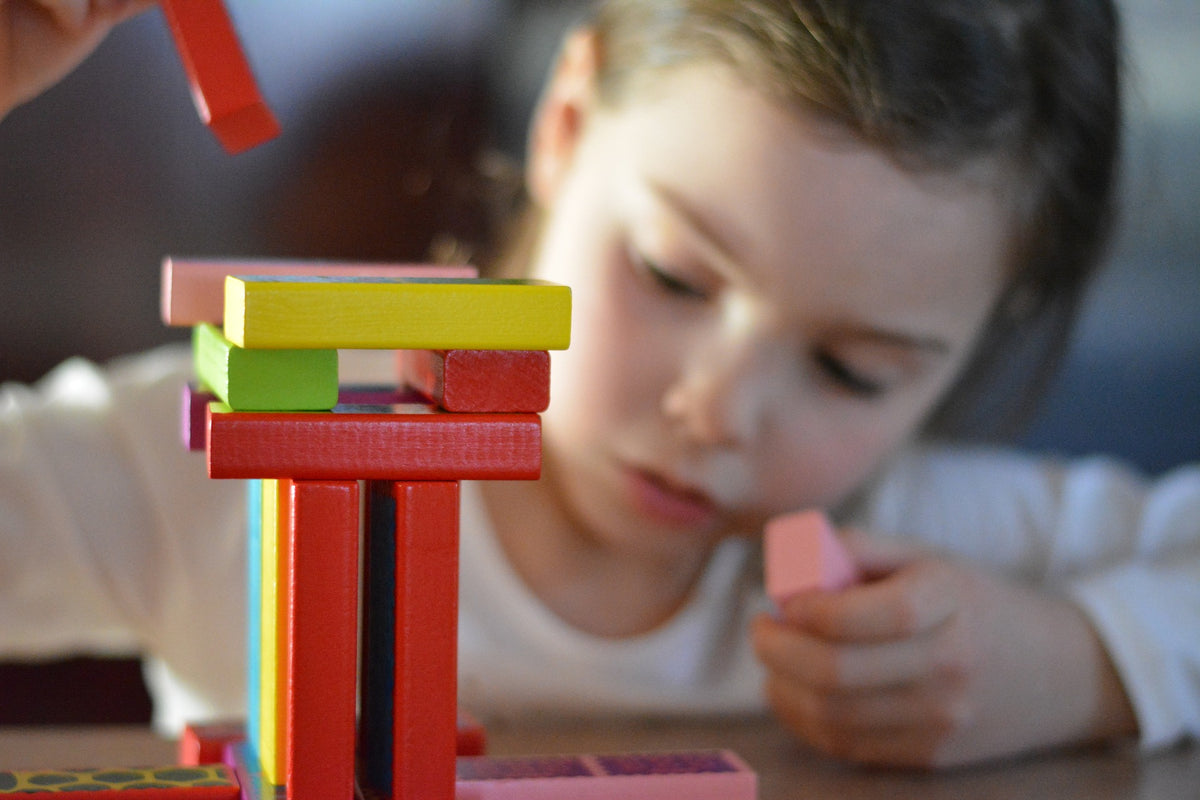
Strengthen Your Child's Pattern Recognition Skills with These Easy Activities
Pattern recognition is an important cognitive skill that helps children to develop their critical thinking, problem-solving, and analytical abilities. It enables them to make sense of the world around them and recognize the underlying structures and relationships between different objects and ideas. Simple activities can be done at home to help strengthen a child's pattern recognition skills.
read more -

What is Narrative Play?
Narrative play, also known as pretend play, is a type of play where children engage in make-believe scenarios and act out different roles and situations. Children tend to start engaging in this type of play at around four-years-old and it's an essential aspect of their development as it helps them develop their creativity, imagination, and social skills.
read more -

How Often Should My 6-Year-Old be Expected to Read?
It's widely known that reading is one of the major predictors of success in children. Not only does it facilitate academic (and later career) achievement, it's also one of those simple pleasures that host a wide range of benefits, such as creativity and relaxation. At the age of 6, most children are just beginning to learn to read, and it is normal for them to progress at different rates. However, parents may wonder how much their child should be reading at this age to ensure that they are on track and developing good reading habits.
read more -
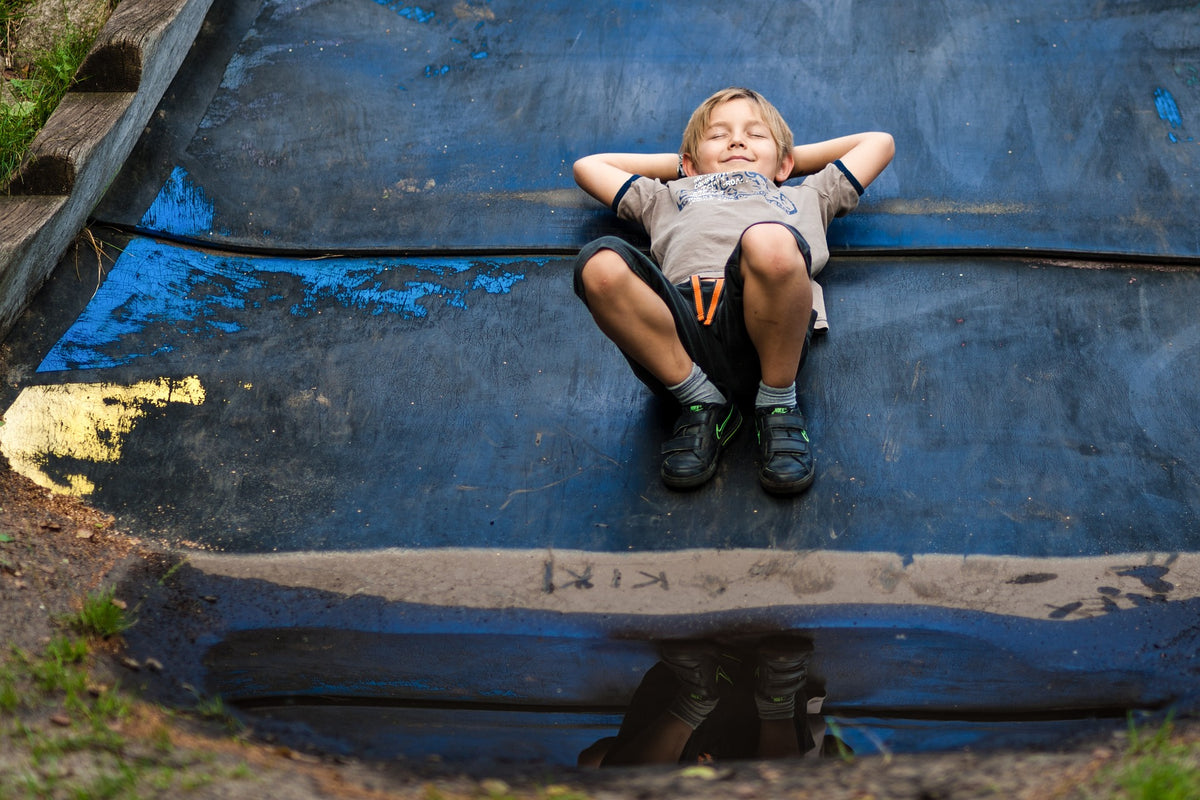
Help Your Child Keep a "Calm Body" with a Few, Simple Strategies
Children often find it challenging to keep their energy levels in check and stay calm. With all the excitement and stimulation around them, it's no wonder they sometimes have trouble settling down.
read more -

6 Life Skills You Should be Teaching Your Child This Year
We want to give our children the best possible start in life and one way to do this is by teaching them important life skills from a young age. At 4-years-old, your little one is making rapid developments in their language, socialization, and cognitive ability. It's the perfect time to start buckling down on life skills that will ensure confidence, independence, and success!
read more -
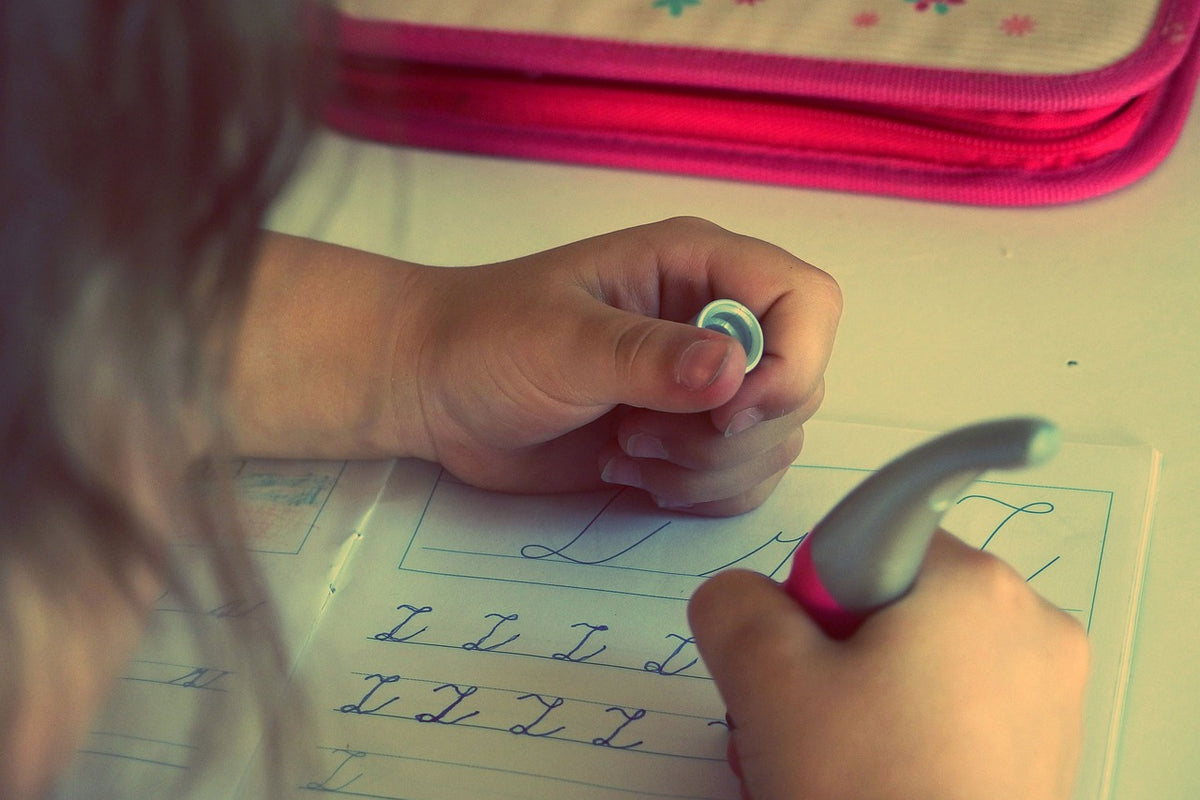
Is Tracing Educational?
Tracing is a simple yet effective activity that is both engaging and educational for young children. By using their hands to follow lines and shapes, 4-year-olds can develop essential skills while having fun. In fact, tracing is especially beneficial for tactile learners, who retain information best when they are physically touching something.
read more -
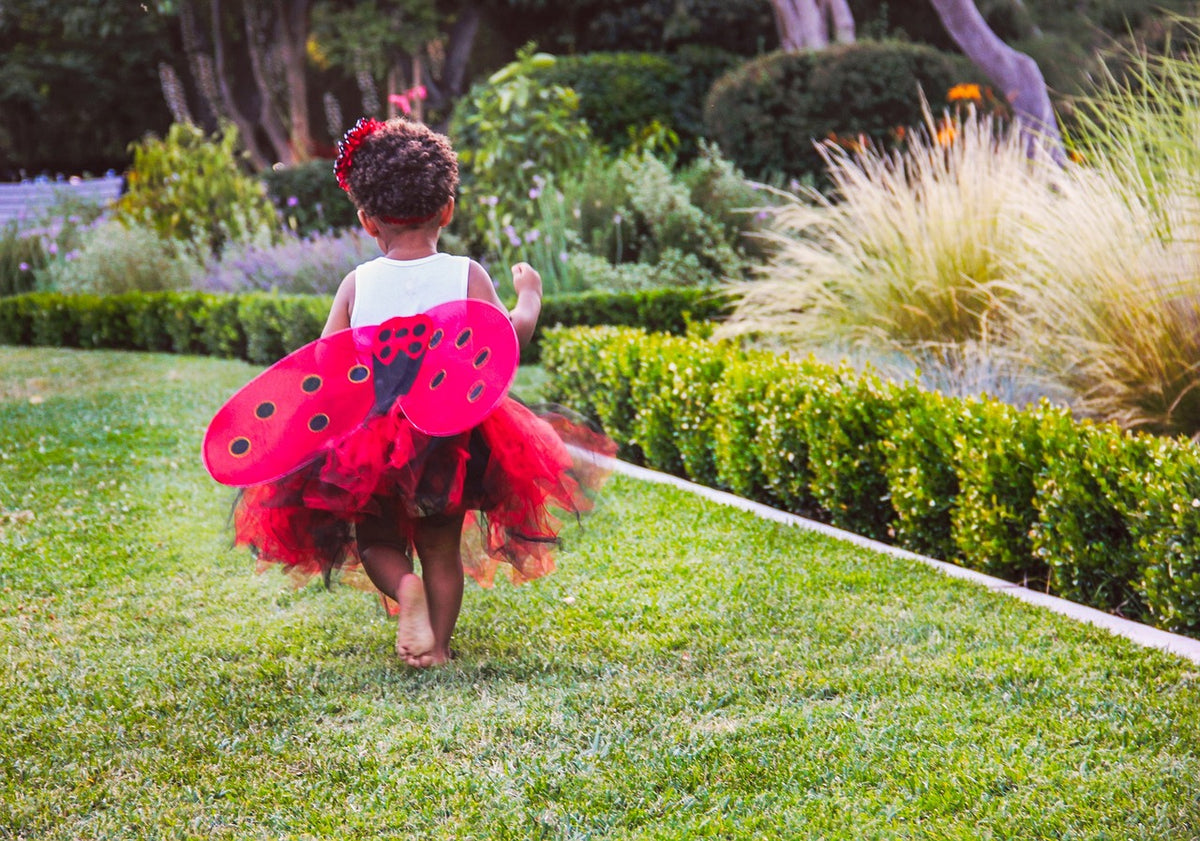
Activities That Will Help Your 3-Year-Old Develop Their Gross Motor Skills
Gross motor skills involve the coordination and control of the large muscles in the body, enabling children to perform physical activities such as running and jumping. At 3 years of age, your child is strengthening abilities such as going up and down stairs with growing independence, throwing and kicking a ball, and balancing themselves on one foot.
read more -
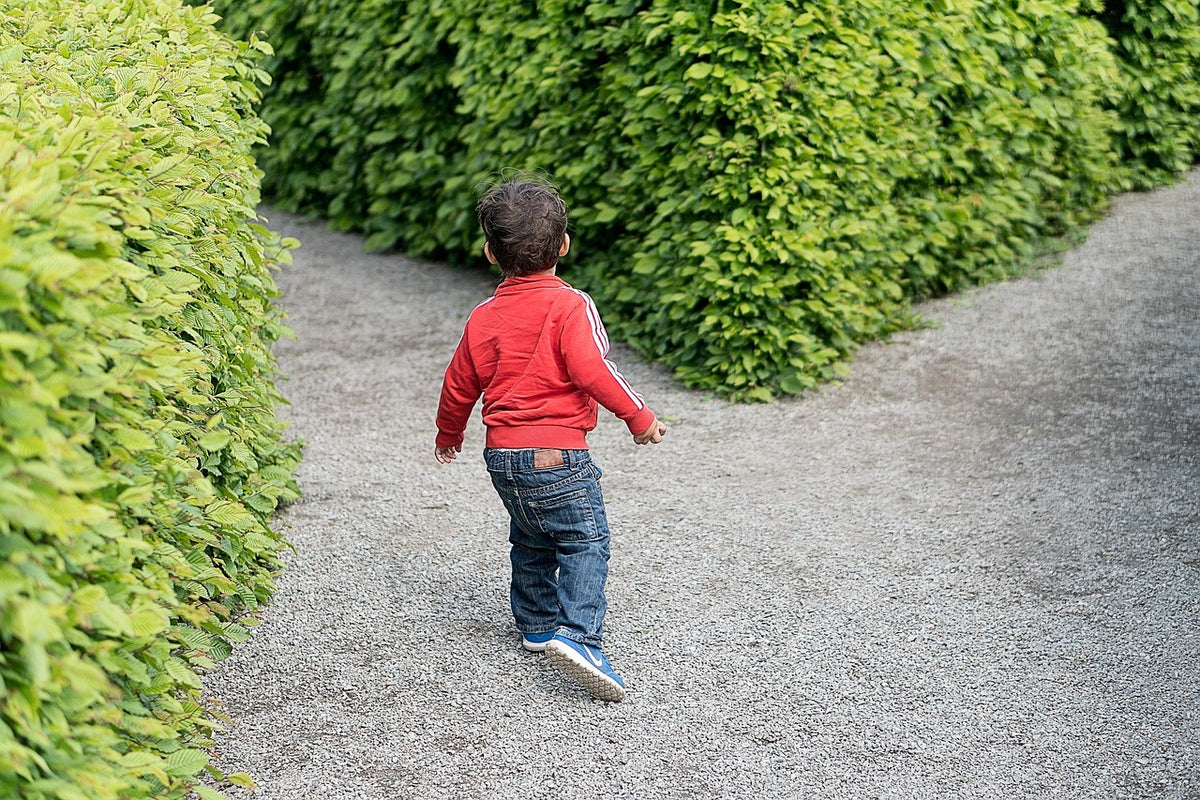
Help Your Child to Distinguish Their Left from Their Right
Teaching young children to distinguish their left from their right can be a challenging task. For most adults, it is something that we take for granted, but for young children, it can be a difficult concept to grasp!
read more -

Simple Addition and Subtraction Strategies to Practice with Your Child
As a parent or guardian, it's important to practice addition and subtraction with your 6-year-old. This very basic math skill is part of the foundation that will make up your child's mathematical abilities in the future. At this age, children are developing their understanding of numbers, beginning arithmetic concepts, and problem-solving skills. By practicing with them regularly, you can help them build a strong foundation in mathematics that will benefit them throughout their lives.
read more -
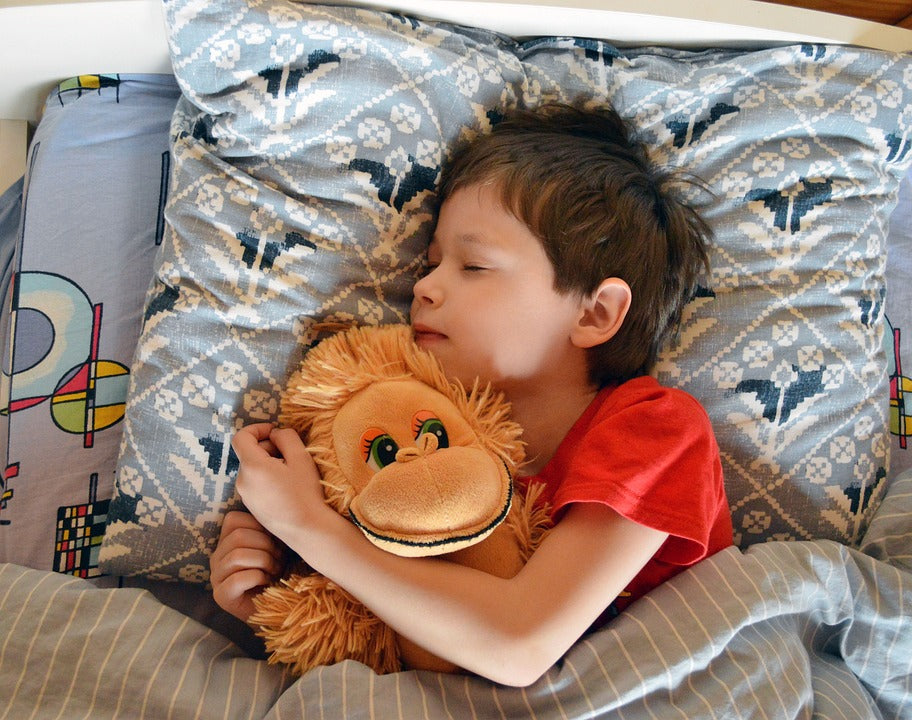
What Should a 5-Year-Old's Bedtime Routine Look Like?
With their long, busy days at school and all the learning and playing they're doing throughout the day, your 5-year-old is bound to be quite tired by the time bedtime rolls around. And this is great! A full day of activities followed by a full night of quality sleep is just what a young body and mind need.
read more -

Teaching Your Child What Friendship Should Feel Like
As your child enters school, they will be surrounded by plenty of opportunities to develop new and exciting friendships. And while they're sure to have fun, there may be some situations in which they may be confronted by unhealthy behaviors from others and boundary pushing. One of the most important things we can do for our children is to help them develop healthy relationships. A crucial part of this is teaching them what friendship should feel like. Friendship is a fundamental aspect of a child's development and has a significant impact on their self-esteem, social skills, and emotional well-being.
read more

